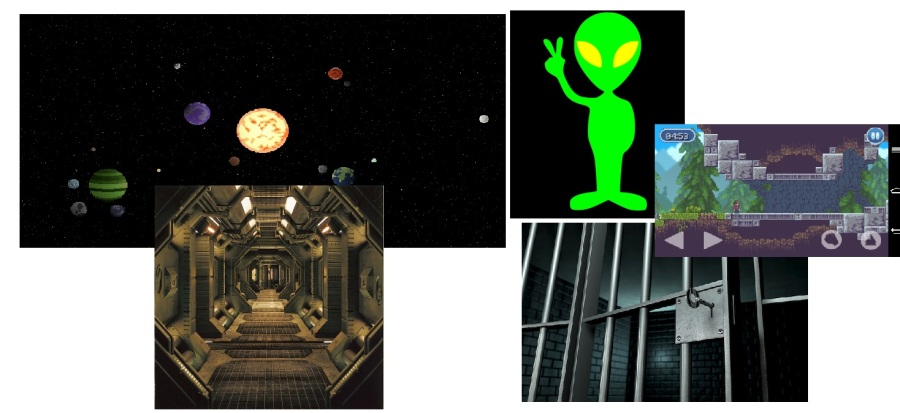Participants
None of our group members attended the workshop in Week 8, so playtesting was unable to take place within our studio. Testing was conducted instead with three close acquaintances that have had experience with video games, and/or game development.
Playtest Overview
Each playtest session lasted around 15-20 minutes, of which the tester played through the first level of the prototype and also answered the interview questions proposed in the playtest plan. The testing was performed in-person, with all the responses to the questions being recorded in a word document.
Similar to the testing performed in the previous game cycle, questions allowing for more open ended responses were used and were separated into the three following categories: Gameplay, Balance/Difficulty, and Game Aesthetic.
Test Data
Participants
Jake Williams-Cornelius
Lachlan Ritchie
Matthew Grant
Gameplay
For a first person shooter, did you find the gameplay enjoyable?
- Yes
- Felt like a very basic first person shooter. I can’t say I did or didn’t enjoy the shooter, it was just bearable.
- It was alright
Was the game clear with what the overall objective was?
How did the gun mechanics feel? (Responsive, sluggish, etc.)
- Very Responsive
- Gun and player movement was responsive, the sensitivity difference between being zoomed in and out was a bit off-putting however.
- Responsive, but I wasn’t a fan of the locked mouse sensitivity.
Did it feel rewarding to shoot/destroy enemies?
What are your thoughts on the game idea/concept?
- Good and Simple
- Not entirely original, but can be pulled off if the gun mechanics are improved a lot.
- Very generic
Balance/Difficulty
Do you think the difficulty of the demo level is too high?
- No
- The game’s difficulty peaked about 45 seconds in, then it just wore off. Maybe speed up the spawns a little, or add a bit more enemy variety.
- It offered enough of a challenge.
Do you think the level was unbeatable?
At any point did you think that the enemies were dealing too much damage, or very little?
- No
- They all seemed like they did the same damage to the duck, otherwise it felt about right.
- Enemy damage felt balanced.
Did the sniper feel like it was ever doing too much or too little damage?
- No
- The sniper was incredibly powerful.
- Felt like it dealt way too much damage, all the enemies died in one shot.
Game Aesthetic
What are your thoughts on the current game aesthetic? (Sound/Art assets)
- Sub Par
- Everything seemed very placeholder, so I can’t really comment on it.
- Very basic.
Any other thoughts/opinions/suggestions?
- Get actual art assets
- Obviously use proper art and sound assets, but also add in more weapon and enemy variety.
- More colour and shape variety if you’re going to stick with this aesthetic. Also make the duck a duck.
List of Improvements
Gameplay
- More visual feedback
- Improve gun mechanics
- Offer weapon variety
- Offer more enemy variety
- Improve AI navigation
Balance
- Faster spawn times for the slowest enemy
- Slower spawn times for faster enemy
- More spawn area variety
Aesthetic
It’s clear that the game is lacking quite a bit of content and depth, but the testers did seem to enjoy their time with the game.
